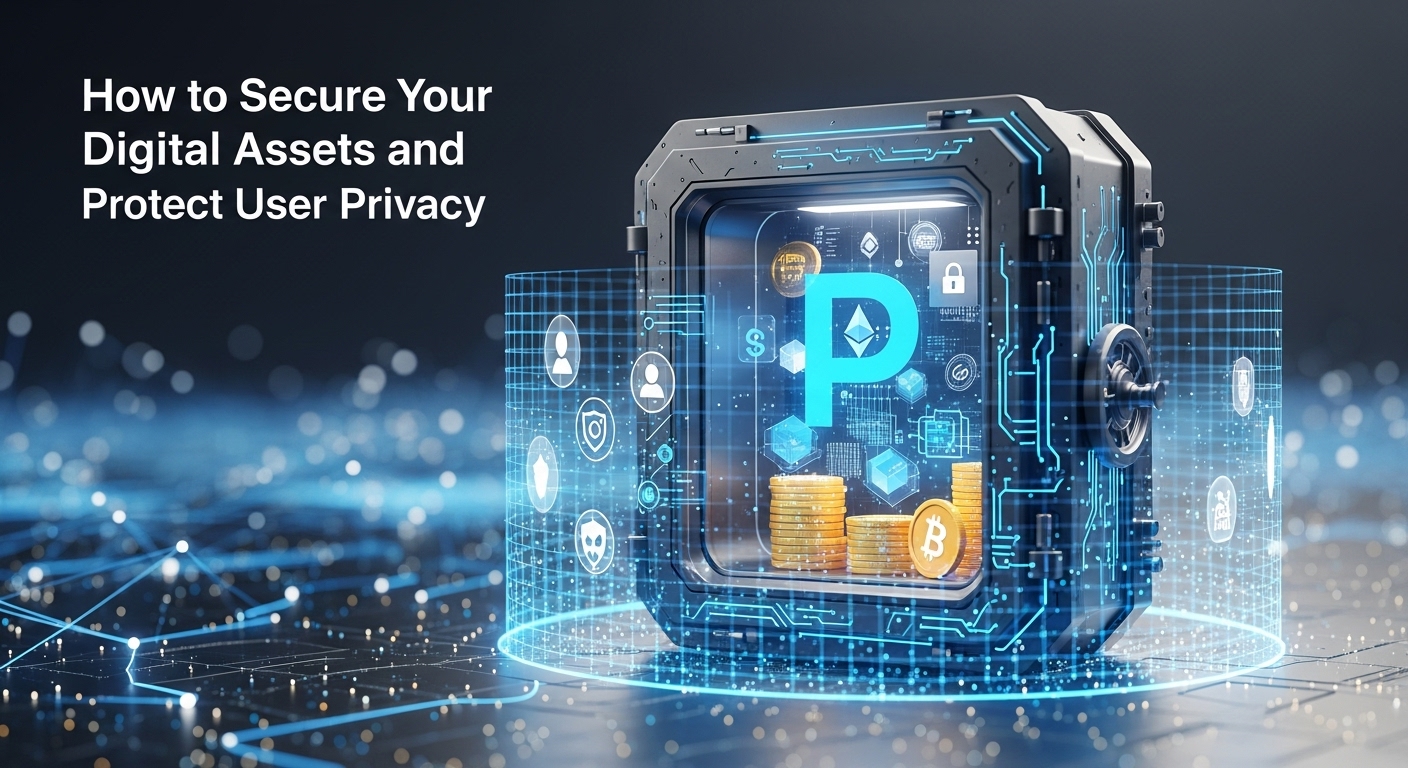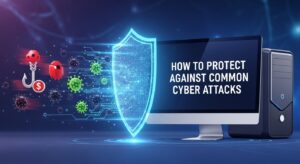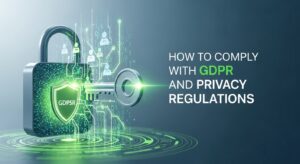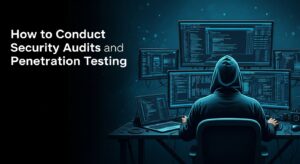In today’s interconnected world, learning how to secure digital assets has become more critical than ever. With cyber threats evolving rapidly and data breaches affecting millions of users annually, understanding comprehensive protection strategies isn’t just recommended, it’s essential for anyone who values their digital privacy and security.
Whether you’re an individual protecting personal information or a business safeguarding customer data, the principles of digital asset security remain fundamentally important. But before we dive into specific strategies, let me ask you this: What aspects of digital security concern you most? Are you worried about password vulnerabilities, data theft, or perhaps the privacy of your online communications?
Understanding Digital Assets: What Exactly Are We Protecting?
When we talk about digital assets that need protection, we’re referring to a broad spectrum of valuable information and resources. These include personal data like financial records and identity documents, professional assets such as intellectual property and business communications, and digital valuables including cryptocurrency wallets and online accounts.
Think about your own digital footprint for a moment. How many different types of sensitive information do you store digitally? Most people are surprised when they realize the extent of their digital exposure.
The modern threat landscape includes various attack vectors: phishing attempts, malware infections, social engineering tactics, and sophisticated hacking techniques. Understanding these threats helps us build more effective defenses to secure digital assets properly.
Strategy 1: Implement Multi-Factor Authentication Everywhere
Multi-factor authentication (MFA) represents your first line of defense in protecting digital assets. This security measure requires users to provide two or more verification factors before gaining access to accounts or systems.
The most effective MFA implementations combine something you know (password), something you have (smartphone or hardware token), and something you are (biometric data). According to recent studies from Microsoft Security, implementing MFA can prevent up to 99.9% of automated attacks.
Consider which of your current accounts use MFA. If you’re like most users, you probably haven’t enabled it everywhere it’s available. Start with your most critical accounts: email, banking, and cloud storage services.
Strategy 2: Master Password Management to Secure Digital Assets
Password security forms the foundation of digital asset protection. However, creating and remembering unique, complex passwords for every account presents a significant challenge. This is where password managers become invaluable tools.
A robust password manager generates, stores, and automatically fills complex passwords for all your accounts. Popular options include Bitwarden, 1Password, and LastPass, each offering different features and security approaches.
Key Password Management Principles:
Principle | Description | Impact |
Unique passwords | Different password for every account | Prevents credential stuffing attacks |
Complex composition | Mix of letters, numbers, symbols | Increases crack resistance |
Regular updates | Change passwords periodically | Minimizes breach exposure |
Secure storage | Use encrypted password managers | Eliminates memory burden |
What’s your current approach to password management? Are you using the same password across multiple sites, or have you implemented a more secure system?
Strategy 3: Encrypt Everything – Data Protection at Rest and in Transit
Encryption serves as a powerful tool to secure digital assets by making data unreadable to unauthorized parties. This protection applies both to data stored on your devices (at rest) and data transmitted over networks (in transit).
For personal use, enable device encryption on all computers and mobile devices. Most modern operating systems include built-in encryption tools: BitLocker for Windows, FileVault for macOS, and LUKS for Linux systems.
Cloud storage encryption adds another layer of protection. Services like Tresorit and SpiderOak offer zero-knowledge encryption, meaning even the service provider cannot access your files.
Think about the sensitive files on your devices right now. Are they encrypted? If not, what’s preventing you from implementing encryption today?
Strategy 4: Secure Your Network Infrastructure
Network security plays a crucial role in protecting digital assets from external threats. This involves securing both your home network and ensuring safe connections when using public networks.
Start by changing default router passwords and enabling WPA3 encryption on your wireless network. Regular firmware updates for networking equipment patch known vulnerabilities that attackers might exploit.
When connecting to public Wi-Fi, always use a Virtual Private Network (VPN). Reputable VPN services like ProtonVPN or NordVPN encrypt your internet traffic, preventing eavesdropping on unsecured networks.
Strategy 5: Implement Regular Backup Strategies
Data backup serves dual purposes: protecting against hardware failures and providing recovery options after cyberattacks like ransomware. The 3-2-1 backup rule provides a solid framework: maintain three copies of important data, store them on two different media types, and keep one copy offsite.
Cloud backup services offer convenient automated solutions, but consider the security implications. Choose providers with strong encryption practices and understand their data handling policies.
How often do you currently back up your important files? What would happen if your primary device failed tomorrow?
Strategy 6: Maintain Software Updates and Patch Management
Keeping software updated represents one of the most effective ways to secure digital assets against known vulnerabilities. Cybercriminals frequently exploit outdated software with known security flaws.
Enable automatic updates for operating systems, browsers, and critical applications. For business environments, implement a formal patch management process that tests updates before deployment while maintaining rapid response capabilities for critical security patches.
Security researchers at CISA regularly publish vulnerability advisories that highlight the importance of timely patching in preventing cyberattacks.
Strategy 7: Develop Privacy-Conscious Digital Habits
Protecting user privacy requires ongoing vigilance and smart decision-making about digital interactions. This includes understanding privacy settings on social media platforms, being selective about information sharing, and recognizing social engineering attempts.
Regular privacy audits help identify potential exposure points. Review app permissions, social media privacy settings, and data sharing agreements with online services. Many people grant unnecessary permissions without realizing the privacy implications.
Essential Privacy Practices:
- Use privacy-focused search engines like DuckDuckGo
- Enable privacy settings on social media platforms
- Regularly review and delete unnecessary personal data
- Use encrypted messaging applications for sensitive communications
- Be cautious about public Wi-Fi usage for sensitive activities
What privacy settings have you reviewed recently? Are you comfortable with how much personal information you’re sharing online?
Advanced Considerations for Business Environments
Organizations looking to secure digital assets must implement more comprehensive security frameworks. This includes employee training programs, incident response plans, and compliance with relevant regulations like GDPR or CCPA.
Consider implementing zero-trust security models that verify every user and device before granting access to systems. This approach assumes no implicit trust and continuously validates security posture.
Business continuity planning ensures operations can continue even during security incidents. Regular security assessments and penetration testing help identify vulnerabilities before attackers exploit them.
Measuring Your Security Posture
How can you assess whether your current security measures effectively protect your digital assets? Start with a security audit that evaluates your current practices against established frameworks.
Consider using security assessment tools that scan for common vulnerabilities. Many organizations provide free security checkups that can identify immediate concerns.
Regular monitoring helps detect suspicious activities early. This might involve reviewing account access logs, monitoring credit reports, or using identity theft protection services.
Looking Forward: Emerging Threats and Evolving Protection
The cybersecurity landscape continues evolving with new threats like AI-powered attacks and quantum computing implications for current encryption methods. Staying informed about emerging threats helps maintain effective protection strategies.
Consider joining cybersecurity communities or following reputable security researchers to stay updated on latest developments. Organizations like SANS Institute provide excellent educational resources for ongoing security education.
Taking Action: Your Next Steps
Now that you understand these strategies to secure digital assets, what will you implement first? I recommend starting with the areas where you feel most vulnerable and gradually building comprehensive protection.
Create a security checklist based on the strategies discussed. Prioritize actions based on your risk assessment and available resources. Remember that security is an ongoing process, not a one-time setup.
The investment in proper digital security measures pays dividends through prevented data breaches, maintained privacy, and peace of mind. In our increasingly digital world, these protections have become essential life skills rather than optional technical knowledge.
What questions do you have about implementing these security measures in your specific situation? Understanding your unique circumstances helps tailor these general strategies to your particular needs and risk profile.











